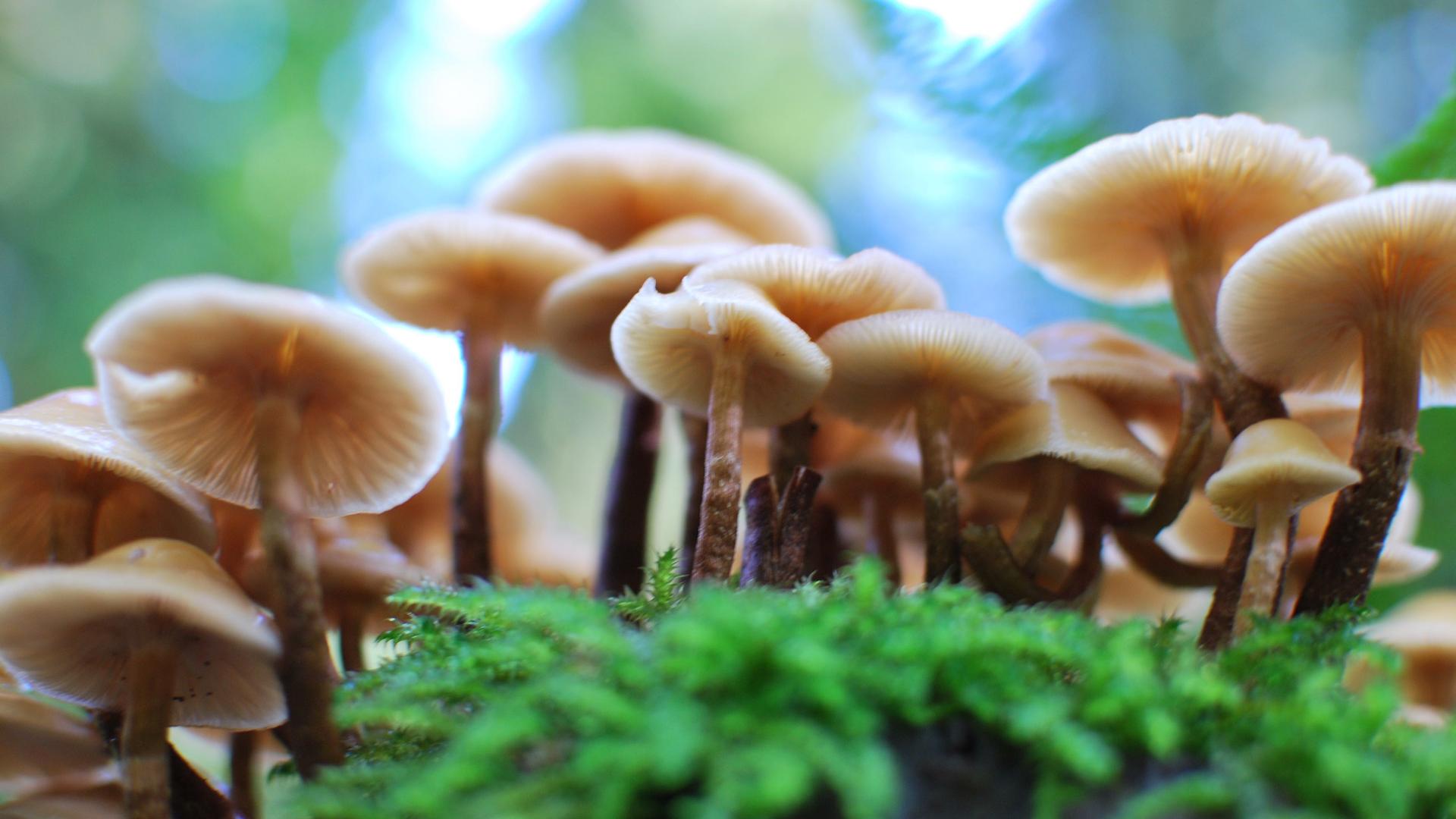What nature can teach us about sustainability and innovation
The designs found in nature, like in patches of mushrooms, can inform urban design.
We live in a world driven by technology and innovation, but what if the answers to some of our most complex questions, like how to build more sustainable communities with stronger and more efficient infrastructures, came not from algorithms and big data, but from nature?
It’s a question that Amina Khan, a science writer at the Los Angeles Times, explores in her new book, "Adapt: How Humans Are Tapping Into Nature's Secrets to Design and Build a Better Future."
“There’s a lot of scientists who get a little upset when we attribute a little bit too much intentionality to biology,” she says. “But the truth is, biology’s basically had 4 billion years to work on levels that we’re just starting to work on. If you think about nanotechnology, literally nature’s been working at that since it started right at the molecular level.”
According to Khan, engineers and urban planners should take a page from termites. Unlike humans, these insects are able to regulate their internal environment without the use of outside technologies.
“[Some scientists are] thinking about how we create these buildings that actually more like interfaces with their environments and don’t require all the high-powered ACs or heating that we as humans do,” she says. “If you could do that, you could actually reduce the energy burden of cities by a lot.”
While humans construct physical spaces based on individual preferences and then mitigate the consequences later, nature inherently adopts flexibility as a cornerstone of design.
“In Seattle, there are some consultants there who are looking for ways to try to create a built environment that works a little bit more like the environment around it,” says Khan. “We pave everything over with concrete and asphalt, and we live in these buildings that are completely cut off from their environments, and that’s not the way the natural environment works.”
She continues: “When you think about trees and the soil they hold down, in a forest, for example, water will actually sink down into the soil and it actually gets purified and stored there, thanks in part to the trees, the tap root system and the fungal system. This water is stored and purified, and eventually, it gets released back into the environment one way or another.”
When looking at urban design, a completely contradictory model is employed, says Khan.
“You’ve got all this water running off into these dirty streets, picking up toxins and pollutants,” she says. “If you’re lucky, and you have a good drainage system, then it ends up getting sent back into our large bodies [of] water with tons of toxins in them, and it ends up not getting back into the natural water table, which is where it really ought to be.”
If designers and urban planners could incorporate materials that function in a way that's similar to fungal systems, built environments could operate at a much higher and a much more environmentally friendly rate.
“The sooner that we start creating these built environments that actually work more like natural environments, the better it will be for us as humans, and the better it will be for the environment in which we live because we won’t be putting such a tax on it,” Khan adds.
This story originally aired on The Takeaway.
Every day, reporters and producers at The World are hard at work bringing you human-centered news from across the globe. But we can’t do it without you. We need your support to ensure we can continue this work for another year.
Make a gift today, and you’ll help us unlock a matching gift of $67,000!
